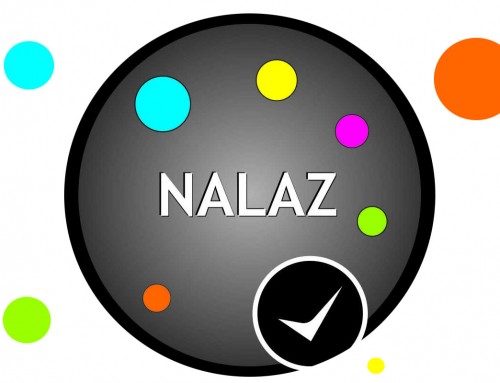A person that lives to be 90 years old is said to spend 32 years of that life sleeping. This is a bit over a third of their life spent in bed, during a process that neither involves eating nor drinking nor any other activity.
Sleep is complicated. The average adult sleeps less than seven hours per night, and while that may sound pretty good, it is a recipe for chronic sleep deprivation. Many believe that they can get by on six hours of sleep, yet only less than three percent of the population possess the gene that enables them to do so. For the remaining 97% of us, less than seven to nine hours of sleep comes with severe consequences.
So what makes sleep so important?
“Sleep is the price we pay for learning,” says Giulio Tononi of the University of Wisconsin-Madison, who developed the idea that we need sleep in order to allow housekeeping processes to take place that prevent our brains from becoming overloaded with new memories. Neuroscientifically speaking, a network of processes in the brain intertwine that result in sleep either being turned on or off.
There is no consensus as to why we need sleep, but the three overall reasons are restoration, energy conservation, memory conservation and brain function. The lack of sleep leads to a lack of the aforementioned three categories, which in turn may have detrimental results in one’s health. This includes obesity/weight gain, anxiety, depression, heart disease/heart attack, increased blood pressure, and, in worst cases, even death.
There are several reasons behind an individual’s interrupted sleep, one of which is sleep apnea. Sleep apnea (AP-ne-ah) is a common disorder that is marked by one or more pauses in breathing or shallow breaths during sleep. Breathing pauses can last from a few seconds to minutes. They may occur 30 times or more an hour. Typically, normal breathing then starts again, sometimes with a loud snort or choking sound. Sleep apnea usually is a chronic (ongoing) condition that disrupts sleep, as it is marked by either pauses in or decreased breathing often resulting in jerks out of deep sleep into shallow sleep. This inadvertently results in poor sleep quality, rendering those who have it with daytime fatigue as well as excessive daytime sleepiness.
The most problematic aspect of sleep apnea is that it often goes undiagnosed. Doctors usually cannot detect the condition during routine office visits, and no blood test can help diagnose the condition.
In addition to being underdiagnosed, most individuals who have sleep apnea do not know they have it as it only occurs during sleep. The archetypal symptom of sleep apnea is snoring, which is why a family member or bed partner might be the first to notice signs of sleep apnea.
The most common type of sleep apnea is obstructive sleep apnea. In this condition, the airway collapses or becomes blocked during sleep. This causes shallow breathing or breathing pauses.
When one tries to breathe, any air that squeezes past the blockage can cause loud snoring. Obstructive sleep apnea is more common in people who are overweight (due to the surplus of tissue), but it can affect anyone. For example, small children who have enlarged tonsil tissues in their throats may have obstructive sleep apnea.
As mentioned, untreated sleep apnea can have many severe side effects, including:
- Increase the risk of high blood pressure, heart attack, stroke, obesity and diabetes.
- Increase the risk of, or worsen, heart failure.
- Make arrhythmias, or irregular heartbeats, more likely.
- Increase the chance of having work-related or driving accidents.
- Cause memory loss, anxiety and/or depression.
- Lead to diabetes.
Overall, sleep apnea is a chronic condition that requires long-term management. Lifestyle changes, mouthpieces, and breathing devices can successfully treat sleep apnea in many people. Sleep apnea is usually diagnosed via overnight monitoring and, if a diagnosis is established, it is treated with a CPAP machine.
Elma Ferić Bojić
SomnaCare Sleep Laboratory
Branilaca Šipa 20, Sarajevo
061/717-692



